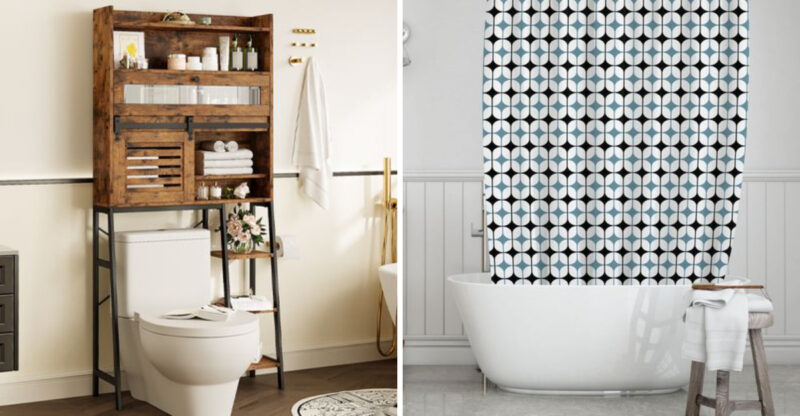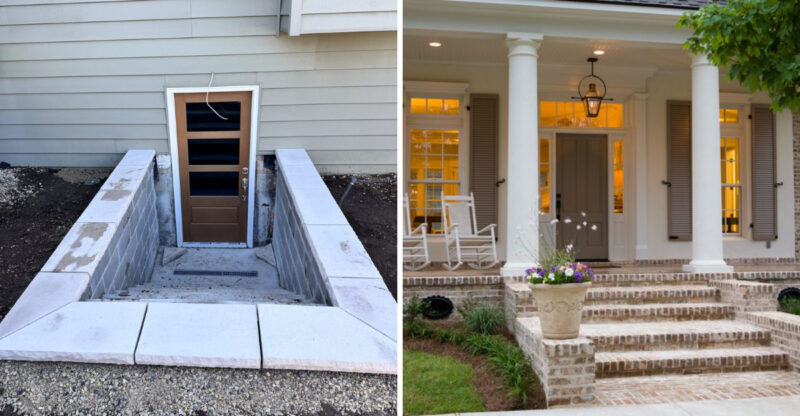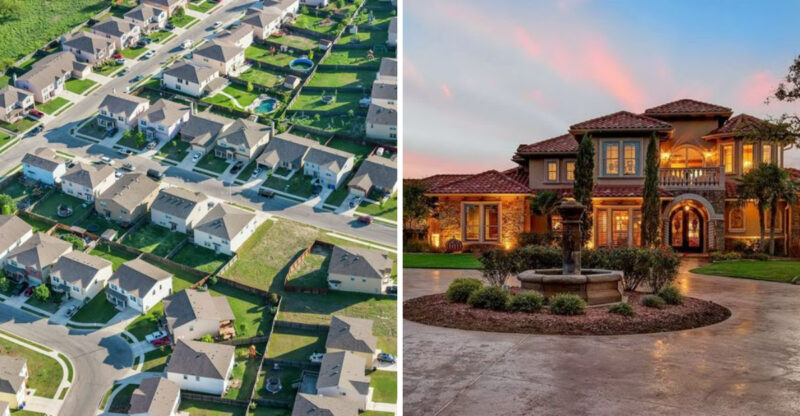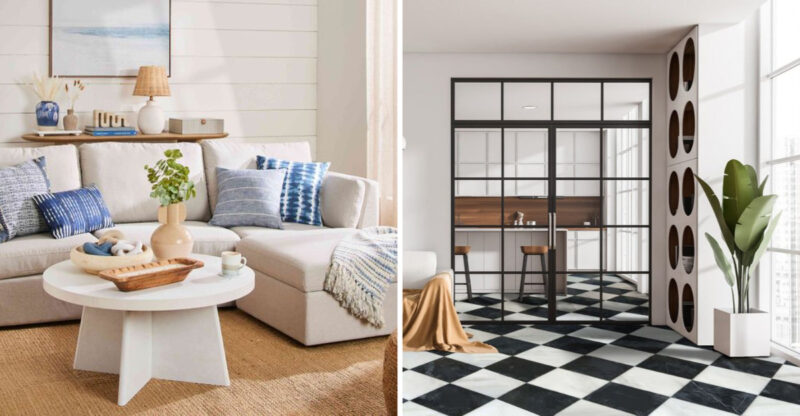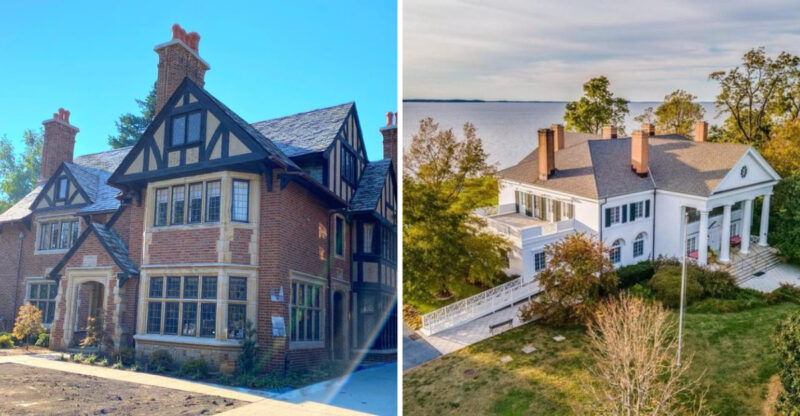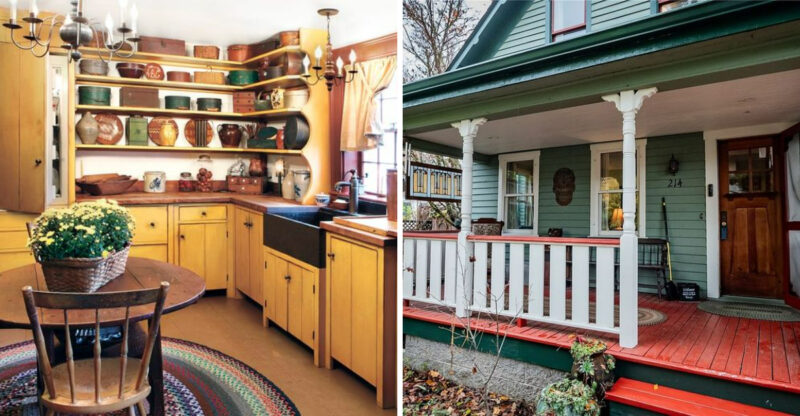Ohio Real Estate Trends Highlight 10 Home Types To Watch In 2026
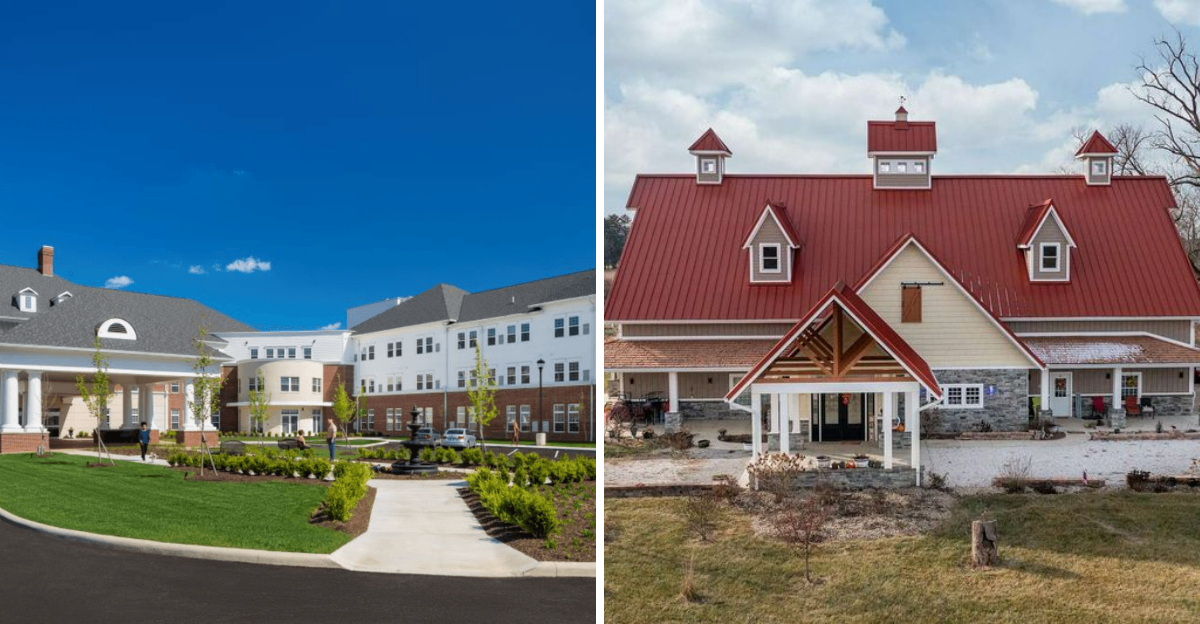
The Ohio real estate market is changing fast as we look ahead to 2026. New buyer preferences, technology advances, and shifting work patterns are reshaping what homes people want. I’ve noticed some clear patterns emerging that will likely define the next wave of popular housing in the Buckeye State.
Whether you’re planning to buy, sell, or invest in Ohio property, these emerging home types should be on your radar.
1. Multigenerational Compounds
Family living arrangements are making a comeback in a big way across Ohio. These spacious properties feature a main house plus one or more smaller dwellings on the same lot, perfect for housing parents, adult children, or even rental income opportunities.
I’ve seen these compounds gaining popularity in Cleveland suburbs and rural areas where zoning allows for multiple structures. The economic benefits are substantial – shared utilities, childcare, and maintenance costs make these homes financially smart choices for many families.
2. Net-Zero Energy Homes
Gone are the days when energy-efficient homes were just a niche market. Solar panels, advanced insulation, and smart energy systems now come together to create houses that produce as much energy as they consume.
The upfront costs remain higher than conventional homes, but the long-term savings are incredible. Columbus and Cincinnati developers are leading this charge with neighborhoods specifically designed around net-zero principles. Ohio’s varying climate actually makes it an ideal testing ground for these innovative housing solutions.
3. Micro-Loft Conversions
Old factories and commercial buildings across Cincinnati, Cleveland and Columbus are finding new life as trendy micro-lofts. These compact living spaces typically range from 300-600 square feet but make brilliant use of every inch through clever design.
High ceilings, exposed brick, and original industrial features give these homes unique character. Young professionals and empty nesters alike are flocking to these properties for their urban convenience and low maintenance requirements. The walkability to restaurants, shops, and entertainment venues adds tremendous appeal.
4. Wellness-Focused Dwellings
Your home should be your sanctuary! That philosophy drives the growing market for wellness-focused homes featuring built-in air purification systems, circadian lighting, and dedicated fitness spaces.
Materials matter too – these homes use non-toxic paints, natural flooring, and antimicrobial surfaces throughout. Water filtration systems and humidity control come standard. The wellness home trend has particularly taken root in Columbus suburbs and around healthcare hubs, where medical professionals appreciate these health-conscious design elements.
5. Pocket Neighborhoods
Community connection is making a comeback through these charming clusters of smaller homes arranged around shared green spaces. Think 8-12 houses facing a common courtyard instead of the street, creating natural opportunities for neighbor interaction.
Cars typically park on the periphery, making the central areas safe for kids to play. Several developers near Dayton and in Columbus suburbs have embraced this concept. The homes themselves tend to be modestly sized but thoughtfully designed, often incorporating front porches that encourage casual conversations with neighbors.
6. Agricultural-Residential Hybrids
Farm living meets modern convenience in these properties that blend residential comfort with small-scale agricultural capabilities. Located in rural and semi-rural areas throughout Ohio, these homes typically sit on 2-10 acres with dedicated spaces for gardens, orchards, or raising animals.
Modern versions include high-speed internet and updated amenities while preserving the agricultural functionality. Remote work has accelerated interest in these properties, especially within an hour’s drive of major cities. Young families particularly value the opportunity to grow food and teach children about sustainable living.
7. Smart Homes with Health Monitoring
The next generation of smart homes goes beyond convenience to actively support health and wellbeing. Built-in sensors monitor air quality, noise levels, and even basic health metrics of residents who opt in.
Automated systems adjust lighting, temperature, and humidity based on time of day and occupant preferences. Voice-activated features help aging residents maintain independence longer. Cincinnati’s innovation corridor has become a hotbed for these tech-enhanced homes, with several developments specifically marketing to tech-savvy seniors who want to age in place.
8. Flood-Resistant Riverfront Properties
Climate-responsive design takes center stage in these innovative homes built along Ohio’s many waterways. Elevated foundations, water-resistant materials, and strategic landscaping make these properties resilient against increasingly unpredictable weather patterns.
Backup power systems and water management features come standard. Despite the flood risks, these locations remain desirable for their views and recreational access. Toledo and Cincinnati have seen particular interest in these specialized riverfront designs as buyers seek waterfront living without the traditional vulnerabilities.
9. Co-Living Arrangements for Seniors
Roommates aren’t just for college students anymore! Senior co-living homes feature private bedroom suites with shared kitchen, living, and outdoor spaces. This emerging housing type addresses both affordability concerns and social isolation among older adults.
Professional management companies often handle maintenance and sometimes provide additional services. These arrangements have found particular success in Cleveland Heights, Yellow Springs, and other communities with progressive housing policies. The financial advantages are substantial – residents typically save 30-40% compared to living alone.
10. Repurposed Commercial Conversions
The retail apocalypse has a silver lining – former shopping centers and big box stores across Ohio are transforming into unique mixed-use residential communities. Developers are getting creative with these massive spaces, creating apartments with soaring ceilings and unexpected architectural features.
Common amenities often include fitness centers, co-working spaces, and central courtyards carved from former retail floors. These conversions are especially popular in suburban areas where traditional retail has struggled. Young professionals appreciate the combination of suburban convenience with urban-style amenities and the quirky appeal of living in a repurposed space.

